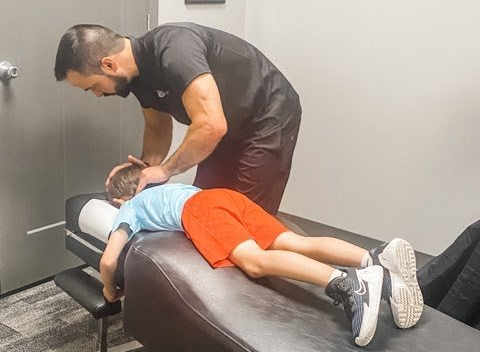Should I teach my child to self soothe?
What really happens when you teach a baby to self-soothe to sleep? For years the myth of self-settling has been everywhere. Whether you read it in an article, or heard your friends talking about how they taught their baby, or if they could just teach their baby to self-soothe themselves back to sleep. It’s said to be the holy grail of baby sleep. Parents are told they can expect un-interrupted nights and easier bedtimes. But what if babies are no more equipped to self soothe than they are to ride a bike?
Self – soothing is not something you can teach, no matter what the sleep experts promise, because their brains are just not developed enough for it yet. Self-soothing is a developmental stage, a skill that infants gain as they grow older, just as they become more physically mobile, gain the ability to eat solids, and develop the ability to talk.
There are three main ways that we cope with strong emotions: approach, attack, or avoid. As adults we are familiar with this process in our daily lives, and we apply these to different situations, whether it’s changing the channel from a gory scene on TV, reading a letter that’s incredibly sad and setting it down to take a break, or waking from a scary dream and getting up to get a drink and checking that there are no intruders in our homes. Emotional self-regulation is vital to us psychologically as well as physically; otherwise we would be bubbling over with pure emotion constantly, unable to function on a day-to-day basis.
What about “approach” though? This explains our desire to approach and seek out things or people who make us feel emotionally secure. In terms of your baby, this person is you. You are your infants safe place and naturally they will want to approach you (usually by crying for physical contact with you), when they are not emotionally or physically developed enough to attack or avoid. Babies are not neurologically developed enough to regulate these emotions themselves, and they need us for that.
Studies show the more nurturing you are with your baby, and the more you respond to their needs, the better they are at developing better emotional self-regulation as they get older. A close, nurturing relationship with a child when she is young doesn’t just predict her ability to self-soothe later in life, it also predicts her ability to form empathy with others and pro-social behavior. It’s not possible to teach a baby or a toddler to self-soothe, even if they stop crying out for you, they’ve become frozen in fear, which later may teach them not to cry out when something else is wrong.
Is it possible to alter the architecture of your child’s brain so that they grow to have good emotional self-regulation skills? Yes! And the best way to do this is to pick them up, cuddle them, and respond to them. Self-soothing can’t be taught, and it can’t be hurried, but your child’s best chance of developing this skill comes from you being as nurturing as possible now. Ironically, the techniques commonly used for teaching self-settling make the child less likely to ever learn to do so. We owe it to our children to seek alternative ways to cope with our own issues.











